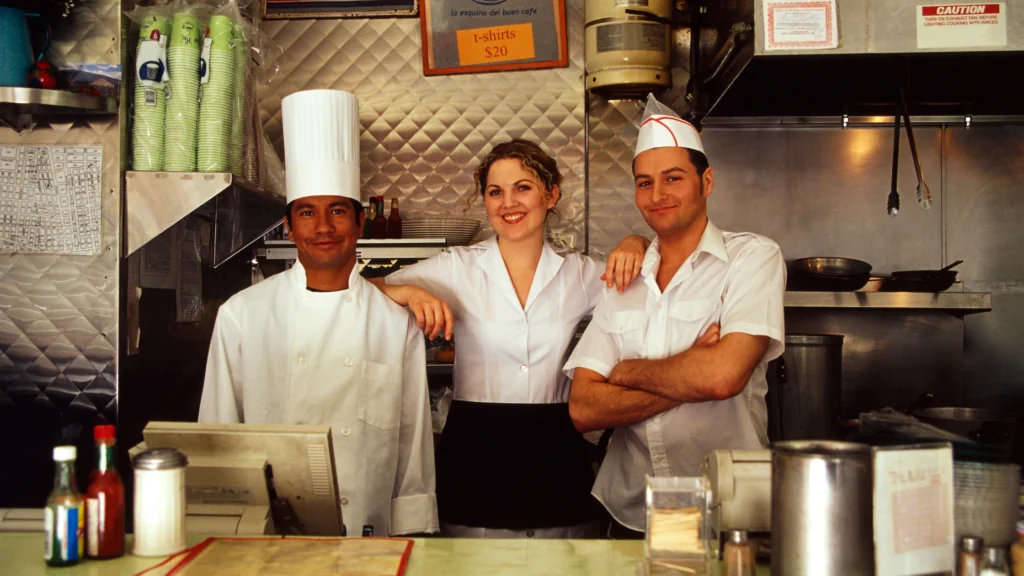If your bill payment process involves tracking invoices by hand and lots of manual data entry, you would benefit by implementing electronic data interchange (EDI) between your inventory/POS system, your accounting system, and your vendor’s billing. This setup, such as EDI with Fintech, helps you optimize your invoice line-item data input, improve the accuracy of
You shouldn't run personal expenses through your restaurant for multiple reasons, but here are the top 5:

















